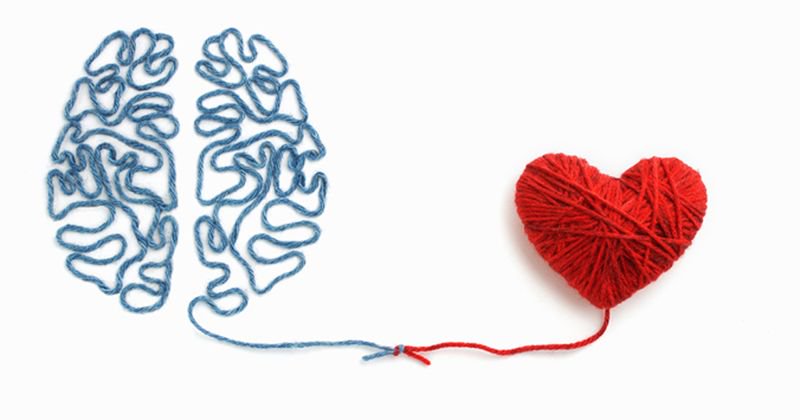Antihypertensive medication use comparable in poststroke rural, urban residents
Poststroke antihypertensive medication use did not differ in rural and urban residents, according to study findings published in the Journal of the American Heart Association.
However, researchers suggested further investigation in antihypertensive use to identify reasons for a trend in increased use among urban residents.

“Despite U.S. rural areas having a high stroke burden and a greater increase in the prevalence of hypertension in rural compared to urban areas between 2006 and 2017, there is relatively little information about antihypertensive medication use among U.S. rural stroke survivors,” Phoebe M. Tran, PhD, assistant professor in the department of public health at the University of Tennessee, told Healio. “As a result, we were interested in comparing levels of antihypertensive medication use and lifestyle factors (eg, smoking, diabetes, high cholesterol, overweight/obesity, physical activity) between U.S. stroke survivors in rural and urban areas during this time period.”
Tran and colleagues collected data from the CDC’s Behavioral Risk Factor Surveillance System (BRFSS) surveys, analyzing the odd-year surveys, which included information on hypertension and antihypertensive medication, between 2005 and 2019.
Of 82,175 stroke survivors (36.4% rural residents), antihypertensive use was high for rural and urban stroke survivors over time (range in rural residents, 90.2%-91.4%; range in urban residents, 90.3%-92.8%), according to the study.
“We hypothesized that antihypertensive medication use would be lower among U.S. rural compared to urban stroke survivors because rural areas have fewer clinicians to prescribe these medications and pharmacies where patients can access medications,” Tran told Healio. “However, we were pleasantly surprised to find that this was not the case, with antihypertensive medication use being over 90% for both rural and urban stroke survivors.”
Over time, antihypertensive medication use significantly increased in urban residents (P for trend = .033), but the same was not true for rural residents (P for trend = .587), according to the researchers. That finding “merits monitoring and additional investigation,” Tran told Healio.
Among patients with hypertension, there was no difference between urban and rural residents in antihypertensive medication use in the 2007 BRFSS survey, but in the 2017 BRFSS survey, urban residents were less likely than rural residents to take antihypertensive medication (urban, 76%; 95% CI, 75.5-76.4; rural, 80.2%; 95% CI, 79.1-81.4).
“Clinicians providing care to stroke survivors in rural areas should continue to emphasize the importance of antihypertensive medication to ensure that medication use remains high in these patients,” Tran told Healio.
Examining the association of antithrombotic, diabetes and lipid-lowering medications with secondary stroke prevention among rural and urban stroke survivors is an area of further research interest, Tran said.
“As the patient experience can offer valuable insights on how to improve secondary stroke prevention, I am also interested in the patient perspective on poststroke care in rural areas with high stroke burden such as Appalachia,” Tran told Healio.
For more information:
Phoebe M. Tran, PhD, can be reached at phoebe.tran@yale.edu.
